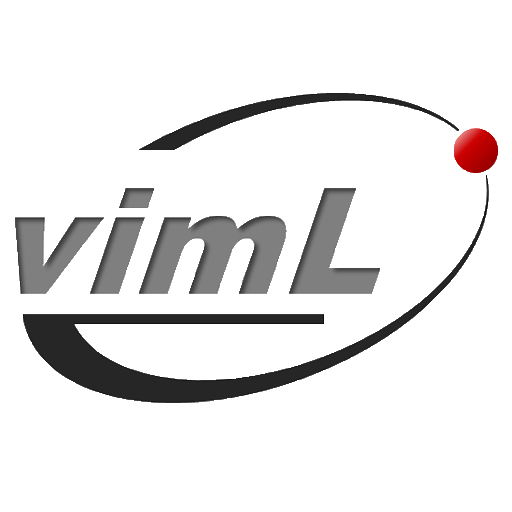Neuron Navigator (NNG)
Recent advances in microscopic imaging technology have enabled neuroscientists to obtain unprecedentedly clear images of neurons. To extract additional knowledge from the tangled neurons, for example, their connective relationships, is key to understanding how information is processed and transmitted within the brain.
In this project, we have developed a new application, the Neuron Navigator (NNG), which integrates a 3D neuron image database into an easy-to-use visual interface. Via a powerful and user-friendly interface, NNG is designed to help researchers analyze and observe the connectivity within the neural maze and discover possible pathways. With NNG’s 3D neuron image database, researchers can perform volumetric searches using the location of neural terminals, or the occupation of neuron volumes within the 3D brain space. Also, the presence of the neurons under a combination of spatial restrictions can be shown as well. NNG has now been implemented on a coordinated brain space, that being, the Drosophila (fruit fly) brain. NNG is accessible through: http://211.73.64.34/NNG
(Presented at PacificVis 2011, Hong Kong, March, 2011) (PDF)
Updated 201205: The new functions have been implemented, such as the shortest path between two neurons, and 2D graph analysis. The new results have been accepted and presented at The 6th International Conference on Bioinformatics and Biomedical Engineering (iCBBE 2012)
Videos:
- Single Object Query
- And Query
- Intersection Query
- Across Query
- Innervation Query
- Density Map
- Path Query
- 2D Connectivity Graph
Visualizing Fly Brain
This work was based on the result of the collaberative project among Brain Research Center at National Tsing Hua University, Cold Spring Harbor, and the National Center for High-performance Center. In this project, vimL helped visualize the 3D laser-confocal microscopy images of fly brains.
Our lab used mesh-rendering and volume-rendering to display the neurons and neuropils inside a fly brain’s high resolution 3D images. For volume-rendering, the size of a single image data set was large and exceeded the memory size of computer memory at that time. And we applied the Level-of-Detail technology to create a visualization application that enabled the users to interactively visualize the high-resolution data.






















